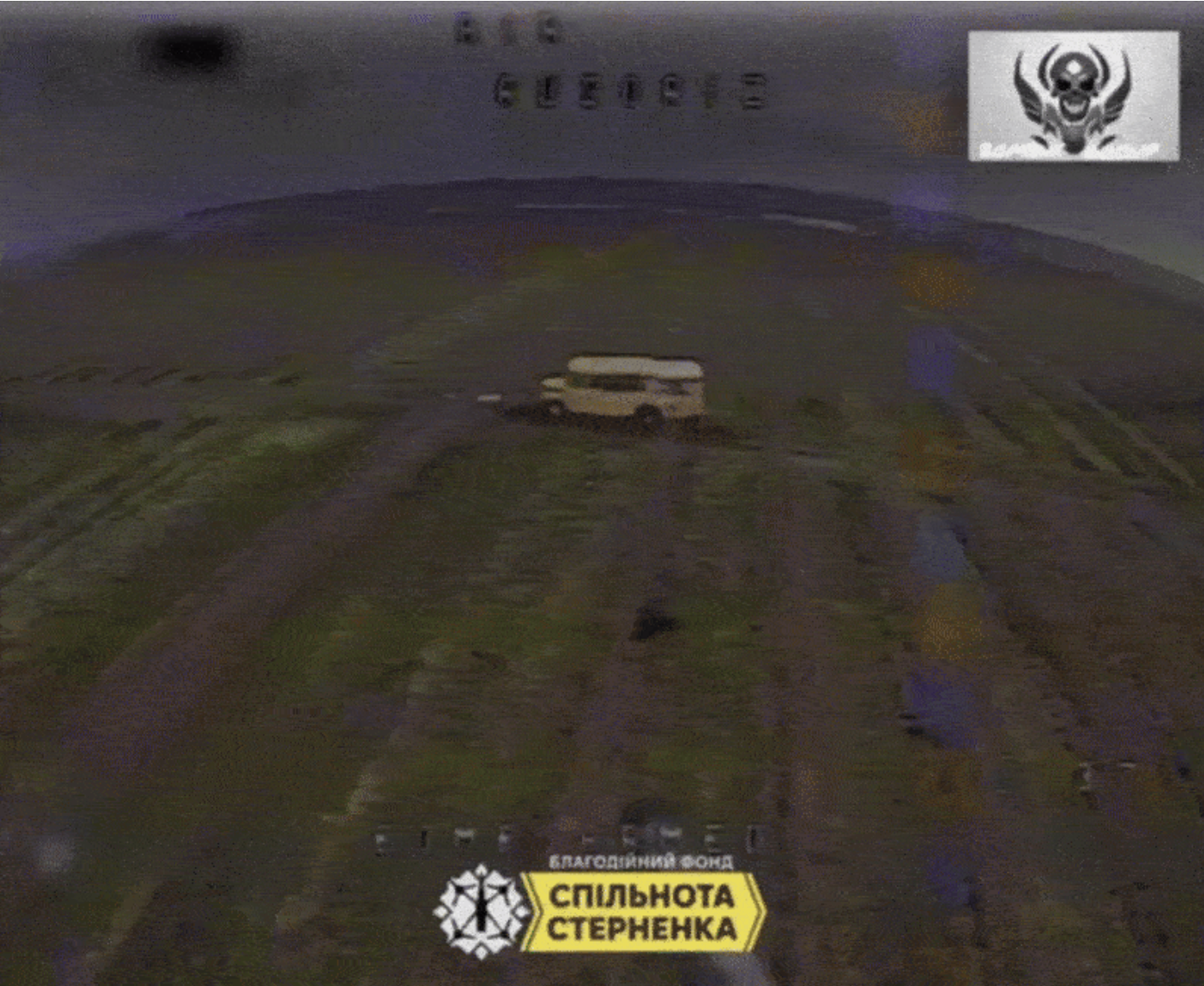A yellow school bus spotted near the front line in eastern Ukraine's Donetsk Oblast became the latest example of Russia's growing reliance on civilian vehicles for troop transport.
This shift to civilian vehicles stems from significant equipment losses that outpace production, with MT-LB armored carriers now completely exhausted from Russian stockpiles.
Ukrainian forces destroyed the bus with an explosive first-person-view drone after it was found parked or possibly stranded in the conflict zone.
According to Forbes, Russian forces are increasingly using civilian vehicles including Chinese-made golf carts, Belarusian motorcycles, Lada compact cars, bukhanka vans and antique GAZ-69 trucks as military transport options.
Even electric scooters from Russia's rental industry and at least one locomotive have been repurposed for war efforts.
"Civilian vehicles are better than walking but will obviously not provide any protection or fire support," analyst Jakub Janovsky explained to Forbes. "So assaults with them instead of proper armored fighting vehicle (AFVs) will be more costly and more likely to fail. They are also unlikely to be able to cross trenches, razor wire and other anti-infantry obstacles."
These unarmored vehicles, often converted into makeshift troop carriers leave soldiers vulnerable to Ukrainian drones and artillery, resulting in high casualties as even indirect fire can ignite fuel tanks or shred squads with shrapnel.
Despite these risks, Russian commanders prioritize conserving remaining armored vehicles for future offensives, forcing troops to rely on civilian transport-especially in high-attrition areas like the Pokrovsk sector in Donetsk Oblast, highlighting a systemic deterioration of Russia’s mechanized combat capabilities.
Verified Russian losses over 39 months of the full-scale war include 17,000 vehicles and other heavy equipment pieces – exceeding the production capacity of Russia's sanctions-affected defense industry, which can produce approximately 1,100 new tanks and infantry fighting vehicles annually.
While the Kremlin initially supplemented losses with Cold War-era vehicles from storage, these reserves are now critically low.
"A lot of what remains is in a terrible state," Janovsky told Forbes.
Russian troops were also spotted resorting to using horses and donkeys in Ukraine to navigate muddy terrain and evade Ukrainian drones, which have created a high-risk "gray zone" for conventional transport near frontlines.

